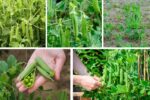If you’ve ever bitten into a perfectly ripe, juicy pear, chances are it was a Bartlett. Known for their iconic bell shape, yellow-green skin that blushes red as they ripen, and honey-sweet flavor, Bartlett pears are America’s favorite pear variety — and with good reason. Not only do they produce delectable fruit perfect for fresh eating, canning, and baking, but they’re also surprisingly rewarding to grow at home.
Whether you have a spacious backyard or a dedicated home orchard space, Bartlett pears (Pyrus communis ‘Bartlett’) are a wonderful addition to your garden. In this comprehensive guide, you’ll learn everything you need to know about how to grow Bartlett pears for juicy harvests — from selecting the right tree to planting, caring, and picking your fruit at peak perfection.
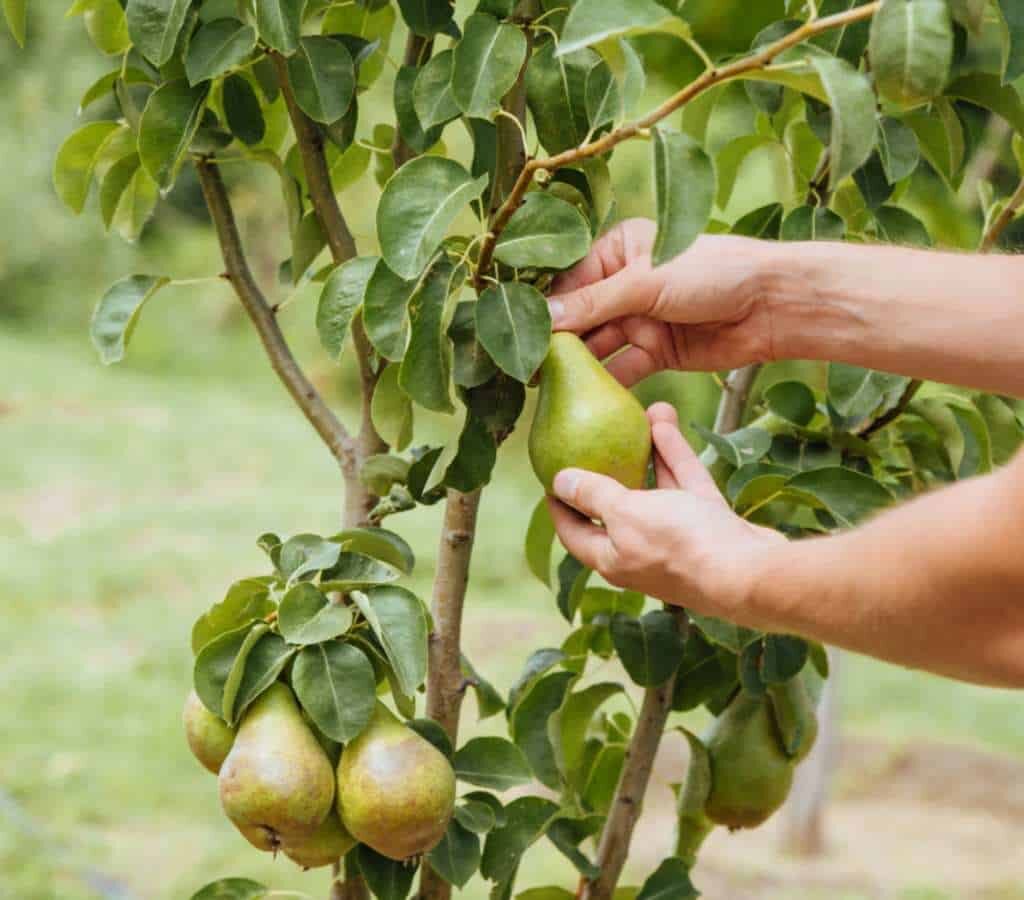
Why Choose Bartlett Pears?
Bartlett pears are beloved for several reasons:
- Exceptional Flavor: Sweet, aromatic, and perfectly juicy when ripe.
- Versatile Use: Excellent for fresh eating, desserts, jams, and preserves.
- Heavy Bearer: Produces abundant, reliable harvests when properly cared for.
- Beautiful Tree: Fragrant white spring blossoms and glossy green foliage make them a handsome addition to any yard.
Suitable for USDA zones 5–8, these European pears thrive in temperate climates with cool winters and warm summers.
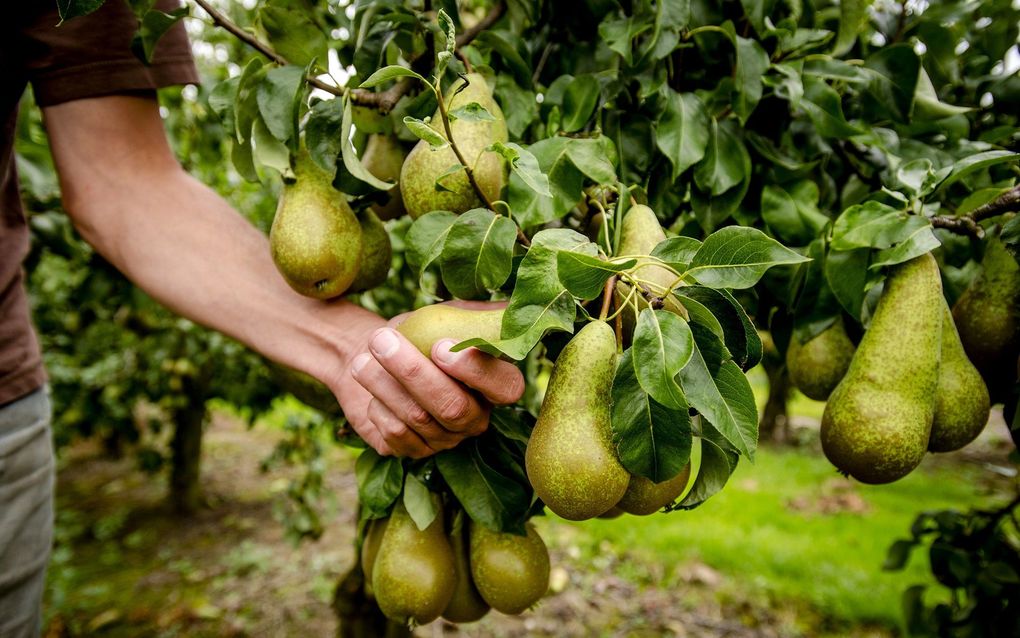
Choosing the Right Location
To set your Bartlett pear tree up for success, choose a location with:
- Full Sun: At least 6–8 hours of direct sunlight daily.
- Well-Drained Soil: Loamy, fertile soil with good drainage is best. Avoid areas where water tends to pool.
- pH Level: Slightly acidic to neutral soil (6.0–7.0) ensures healthy nutrient uptake.
- Air Circulation: Good airflow helps prevent fungal diseases like fire blight.
Spacing: Plant standard-sized trees 20–25 feet apart and semi-dwarf trees 12–15 feet apart to give them room to spread.
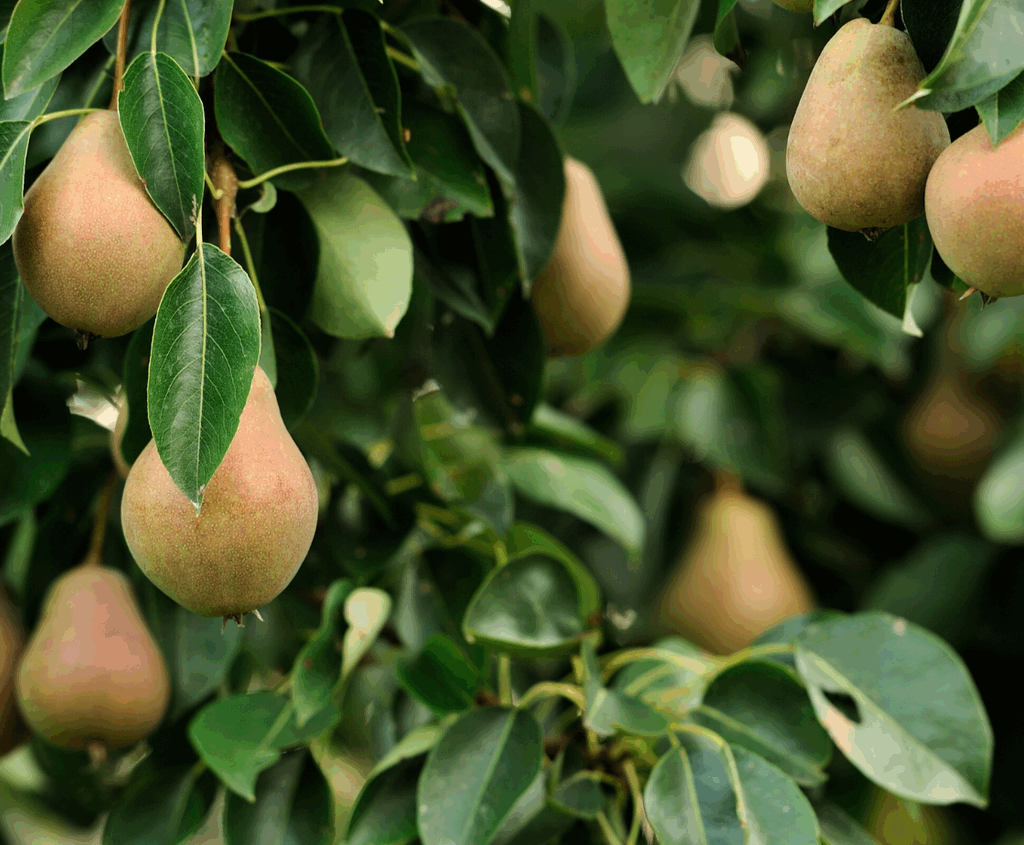
When and How to Plant Bartlett Pear Trees
Best Planting Time:
- Early spring or late fall is ideal when trees are dormant and soil is workable.
Planting Steps:
- Dig the Hole: Twice as wide and just as deep as the root ball or bare-root spread.
- Amend the Soil: Mix organic compost into the removed soil to improve fertility and drainage.
- Position the Tree: Place the tree in the hole with the graft union (swollen area above roots) sitting 2–3 inches above soil level.
- Backfill and Water: Fill in soil, gently firm it down, and water thoroughly to settle the soil around the roots.
- Mulch: Apply a 2–4 inch layer of organic mulch around the base to retain moisture and regulate soil temperature, keeping it away from the trunk.
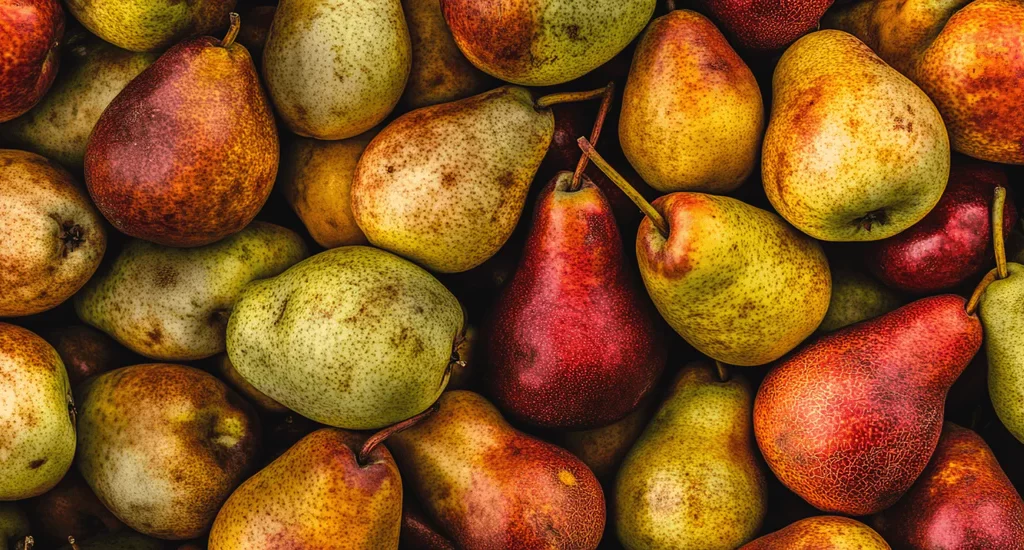
Caring for Bartlett Pear Trees
1. Watering
- Young Trees: Water deeply once a week during the first growing season.
- Established Trees: Require around 1 inch of water per week during dry spells, especially as fruit begins to swell.
2. Fertilizing
- Use a balanced, slow-release fertilizer like 10-10-10 in early spring.
- Avoid excessive nitrogen, which encourages leafy growth at the expense of fruit.
3. Pruning
- Prune in late winter while the tree is dormant.
- Remove dead, diseased, or crossing branches.
- Open up the canopy to allow light penetration and air circulation.
- Maintain a central leader shape (one main upright trunk with well-spaced lateral branches).
4. Pollination
- Bartlett pears are partially self-pollinating, but planting another compatible European pear variety nearby — like Anjou or Bosc — greatly improves fruit yield and quality.
5. Pest & Disease Management
- Common issues include:
- Fire blight: Remove affected limbs immediately and sterilize tools between cuts.
- Codling moths and pear psylla: Use horticultural oil sprays in early spring and monitor for infestations.
- Encourage beneficial insects like ladybugs and lacewings to naturally keep pests in check.
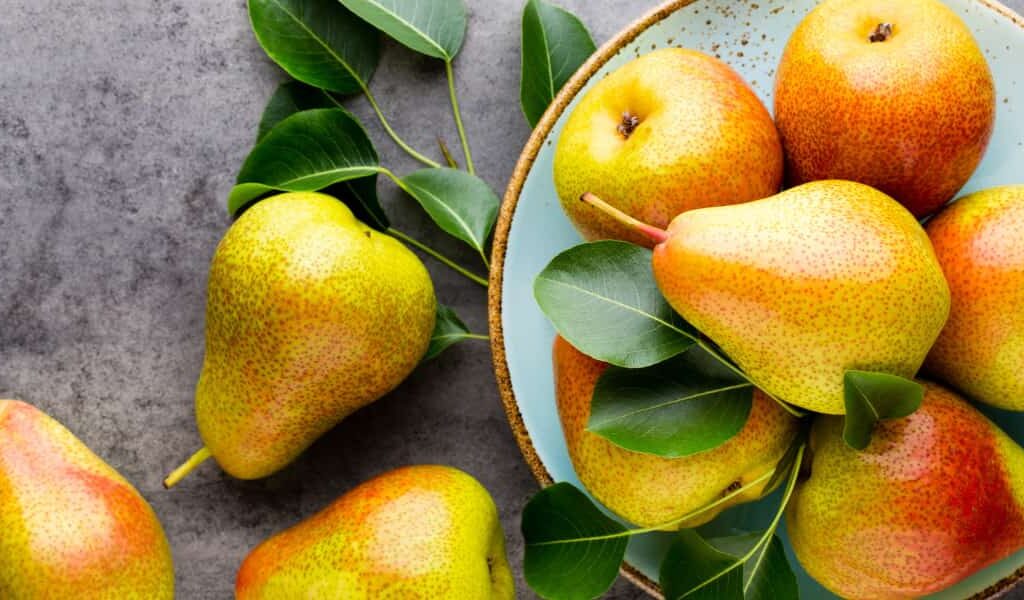
When and How to Harvest Bartlett Pears
One of the secrets to enjoying the best Bartlett pears is harvesting them at the right time.
Signs Bartlett Pears Are Ready to Harvest:
- Pears turn from green to a yellow-green color with a light blush.
- The fruit separates easily when lifted and twisted.
- The skin feels slightly soft around the neck (not the body) when pressed gently.
Pro Tip:
Bartlett pears are best picked slightly underripe and allowed to ripen off the tree. If left to ripen on the tree, they can become mealy.
How to Ripen:
- Place pears at room temperature in a fruit bowl or paper bag.
- Check daily; they ripen quickly, typically within 5–7 days.
Benefits of Growing Bartlett Pears
- Prolific Yields: Once established, trees can bear generous crops annually.
- Low Maintenance: With simple care routines, they remain productive for decades.
- Versatile Fruit: Excellent for canning, baking, fresh eating, and preserves.
- Pollinator Friendly: Spring blooms attract bees and beneficial insects.
- Ornamental Value: Beautiful spring flowers and attractive foliage enhance landscape appeal.
Delicious Uses for Bartlett Pears
Once you’ve harvested your juicy crop, there are endless ways to enjoy Bartlett pears:
- Fresh Eating: Sweet, juicy, and perfect straight off the tree.
- Poached Pears: A simple, elegant dessert.
- Pear Preserves: Capture their sweetness in jams and jellies.
- Baked Goods: Tarts, crumbles, and upside-down cakes.
- Canning: Bartletts are one of the best pear varieties for preserving.
- Salads: Add thin slices to mixed greens with walnuts and goat cheese.
Bartlett Pear Growing FAQs
Q: How long before Bartlett pear trees bear fruit?
A: Grafted trees typically produce fruit in 3–5 years after planting, while seed-grown trees take much longer (up to 8–10 years).
Q: Do Bartlett pears need a second tree for pollination?
A: Although partially self-pollinating, planting a second European pear variety nearby greatly improves harvests.
Q: Can Bartlett pears grow in containers?
A: Dwarf Bartlett varieties can be grown in large containers (minimum 20-gallon pot) with proper care and pruning.
Final Thoughts
Bartlett pears are a classic backyard fruit tree for good reason — they’re beautiful, productive, and deliver sweet, juicy harvests you’ll look forward to each season. With the right location, attentive care, and a bit of patience, you can enjoy homegrown pears fresh from your tree for decades to come.
Whether you’re starting your first fruit tree or expanding your home orchard, Bartlett pears are a worthy addition that offers beauty and bounty with every harvest.



